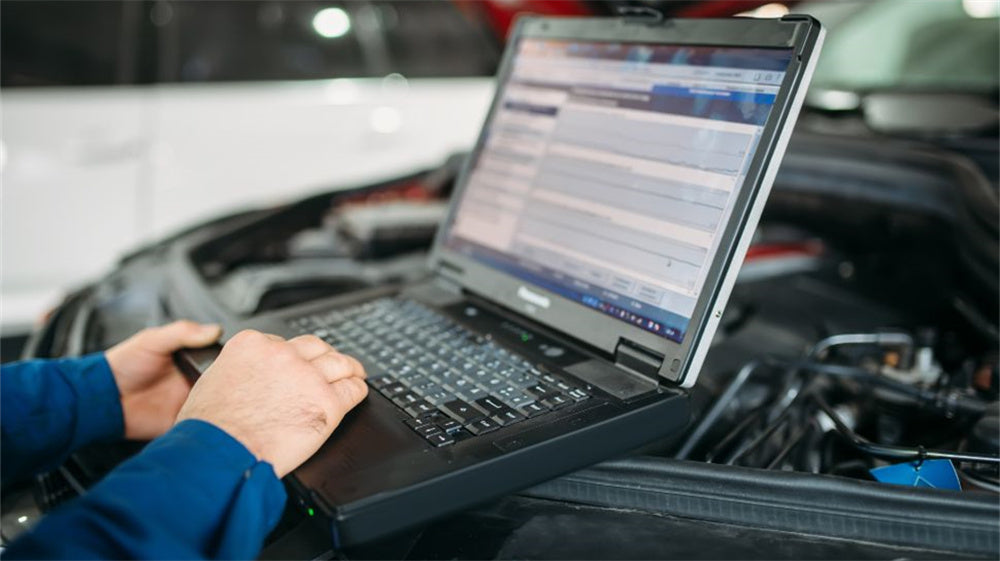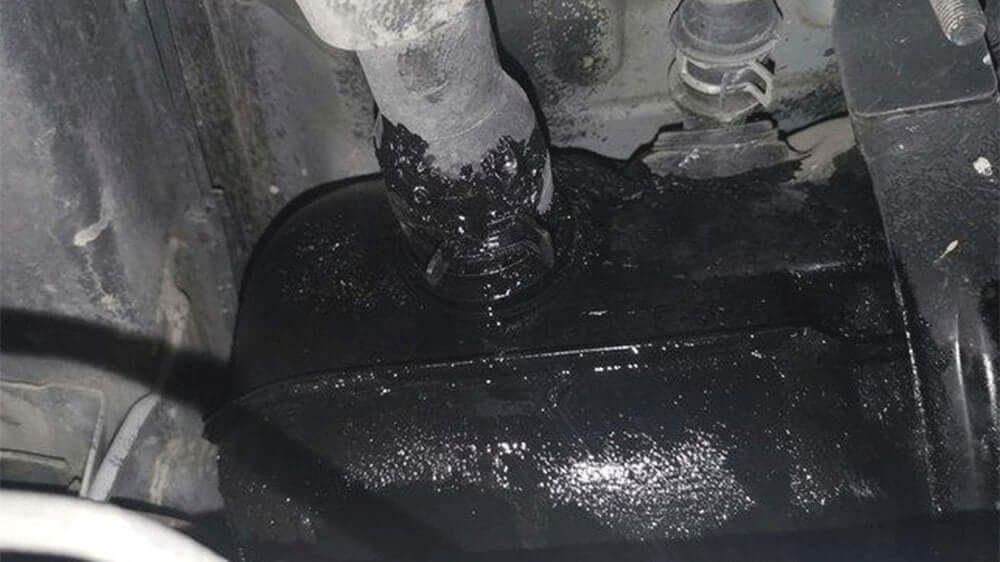
How to Maintenance for Your Automatic Transmission
For automatic transmissions, what is the most important aspect (excluding mechanical components)? It's the combination of "fluid and electronic controls," both of which are indispensable. Any issue with either can lead to automatic transmission problems, and in severe cases, complete failure. Transmission fluid not only lubricates and cools the transmission but also acts as a medium for power transmission and component operation (e.g., valve body). The electronic controls serve as the "brain," sending commands to the components to ensure the proper functioning of the transmission.
In daily maintenance, we often encounter issues like low transmission fluid levels leading to overheating, problems with the shift lever cable, no forward gears, no reverse gear, or shifting impacts. How can we quickly address these issues?

How to Check the Transmission Fluid Level:
1.Ensure the vehicle is on a level surface.
2.Start the engine and let it run at idle until it reaches normal operating temperature.
3.Press the brake pedal and shift through each gear, pausing in each position for 3-5 seconds, then shift to the Park (P) position.
4.If the vehicle has a dipstick, the fluid level should be at the "Full" mark when hot. If there is no dipstick, remove the drain plug and observe the fluid flow. If excess fluid flows out, add more; if too much fluid flows out, drain some until a small, steady flow is observed when removing the drain plug.

How to Adjust the Automatic Transmission Shift Cable:
1.Ensure the shift cable is in an adjustable state.
2.Align the locking washer's pointer with the "N" position mark on the shift lever switch.
3.Place the shift lever in the "N" (Neutral) position.
4.Rotate the shift arm counterclockwise to the end, then clockwise two notches.
5.Attach the shift cable to the shift arm assembly and lock the cable in place.
6.Turn on the ignition, move the shift lever, and check if the shift lever position matches the gear display. If not, readjust.
7.When the shift lever is in the "P" (Park) position, press the brake pedal, and the lever should shift smoothly out of Park.
The Significance Automatic Transmission Stall Test:
Stall testing verifies the maximum engine RPM when the transmission is in Drive (D) or Reverse (R) and the torque converter stalls. This test checks the torque converter, one-way clutch, and the performance of clutches and brakes inside the transmission.
Test Steps:
1.Before testing, check the transmission fluid level (at the "Full" mark), fluid temperature (80°C to 100°C), and engine coolant temperature (80°C to 100°C).
2.Fully depress the brake pedal and engage the parking brake, then start the engine.
3.Shift the lever from Park (P) to Drive (D), fully depress the accelerator, and record the maximum engine RPM. This process should last no more than 5 seconds.
4.Shift to Reverse (R) and repeat the above steps.
How to Address the Issue of No Forward Gears:
Symptoms: The vehicle cannot start in Drive (D) but can start in Sport (S) or Low (L) modes.
Possible Causes:
- Severe slipping of the forward gear clutch.
- Forward gear one-way clutch slipping or incorrectly installed.
- Leakage in the forward gear clutch oil circuit causing low pressure.
- Incorrect shift lever adjustment.
- Electronic control issues such as faulty shift position sensors or solenoids controlling the forward gear actuator.
Solution:

How to Address the Issue of No Reverse Gear:
Symptoms: The vehicle drives normally in forward gears but does not move in Reverse.
Possible Causes:
- Incorrect shift lever adjustment.
- Leakage in the reverse gear oil circuit.
- Slipping in the reverse gear clutch or brake.
Solution:

How to Handle Shifting Impacts:
Symptoms: Severe vibration when shifting from Park (P) or Neutral (N) to Drive (D) or Reverse (R), or noticeable vibration during shifting while driving.
Possible Causes:
1.High idle speed.
2.Abnormal throttle position sensor signals.
3.Delayed upshifts.
4.Vacuum hose leaks.
5.Excessive main oil pressure.
6.Sticking accumulator piston reducing damping effect.
7.Abnormal one-way valve ball causing fast clutch or brake engagement.
8.Slipping in the clutch or brake.
9.Faulty oil pressure solenoids.
10.Transmission control module issues.
Solution:

Summary:
Maintaining an automatic transmission requires careful attention to both fluid levels and electronic controls. Addressing issues such as low fluid levels, improper shift cable adjustments, and shifting impacts involves systematic checks and adjustments. Regular maintenance and prompt diagnosis of any anomalies are essential to ensure the smooth operation of the transmission and prevent severe failures.















































































